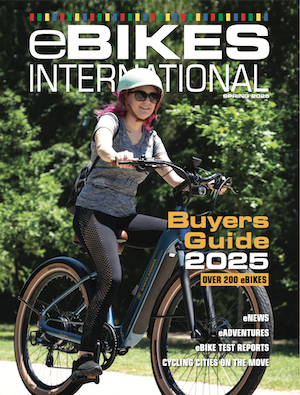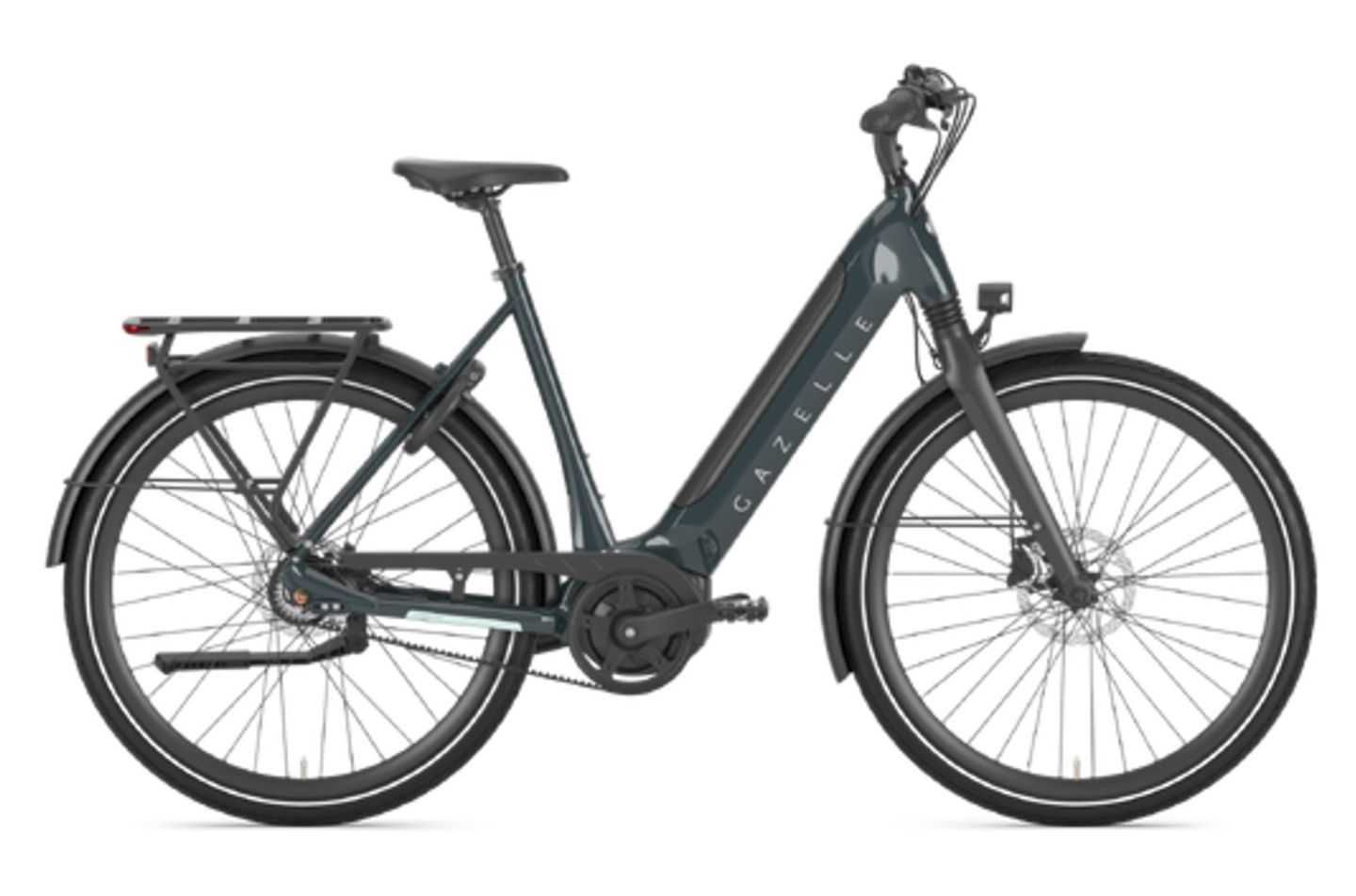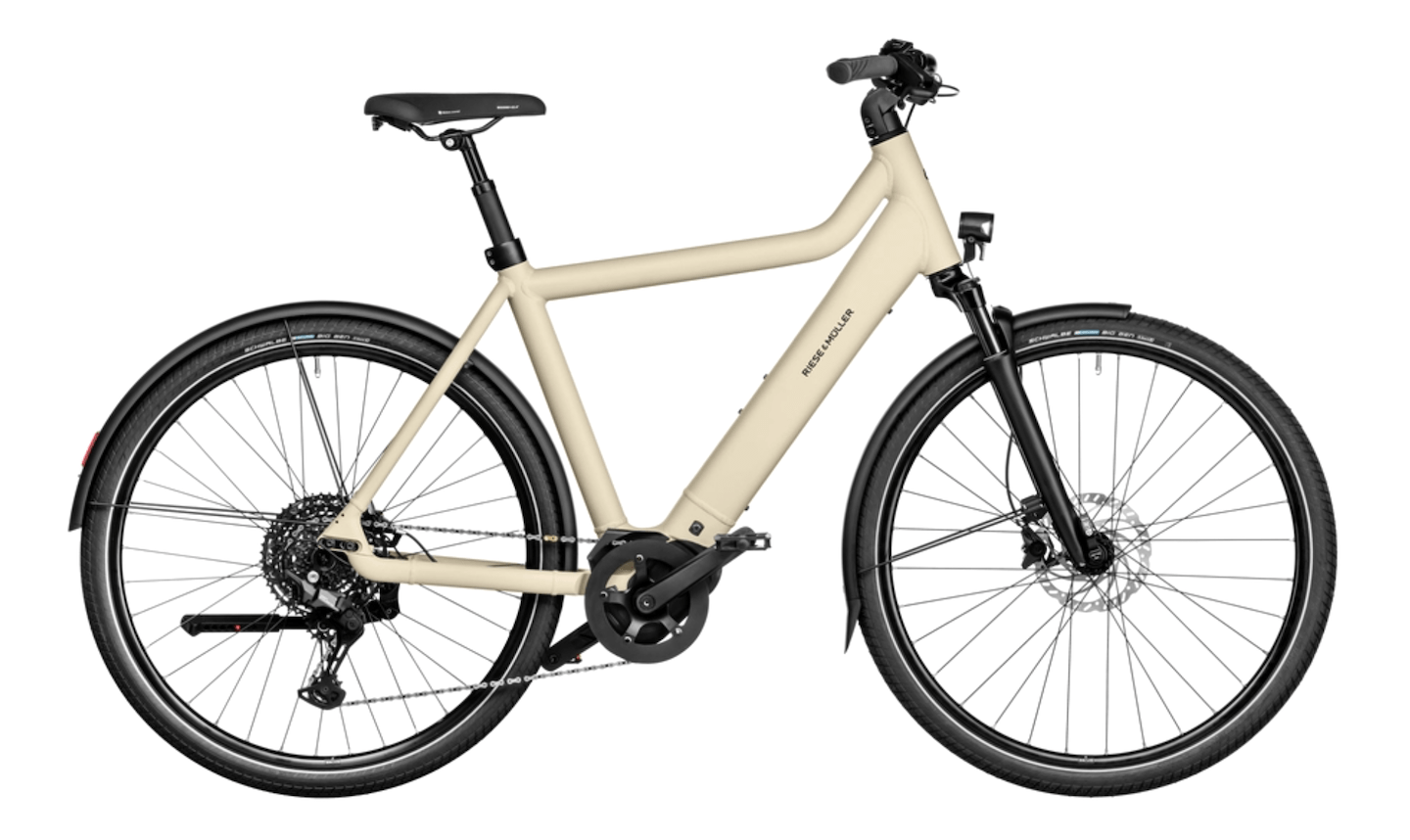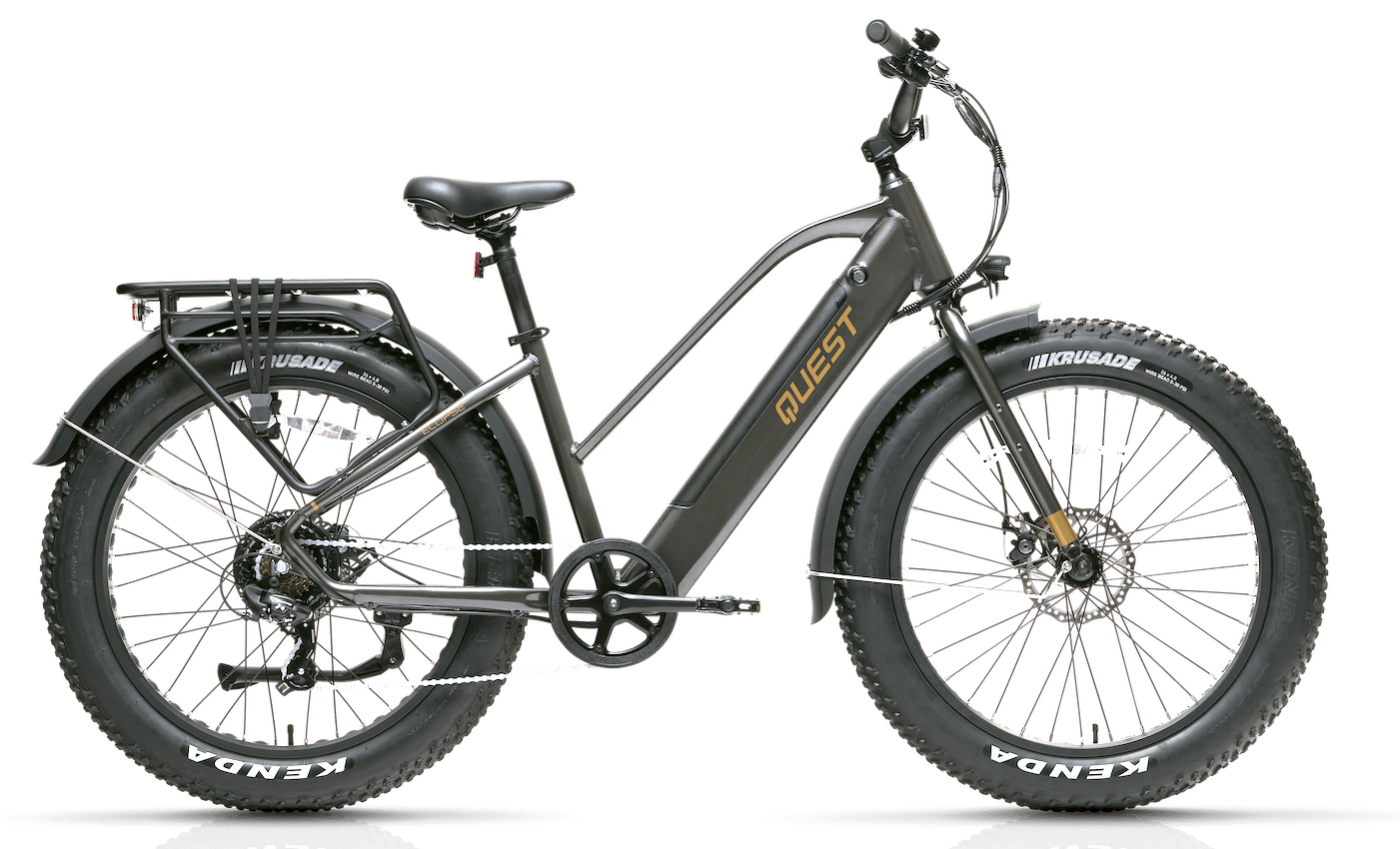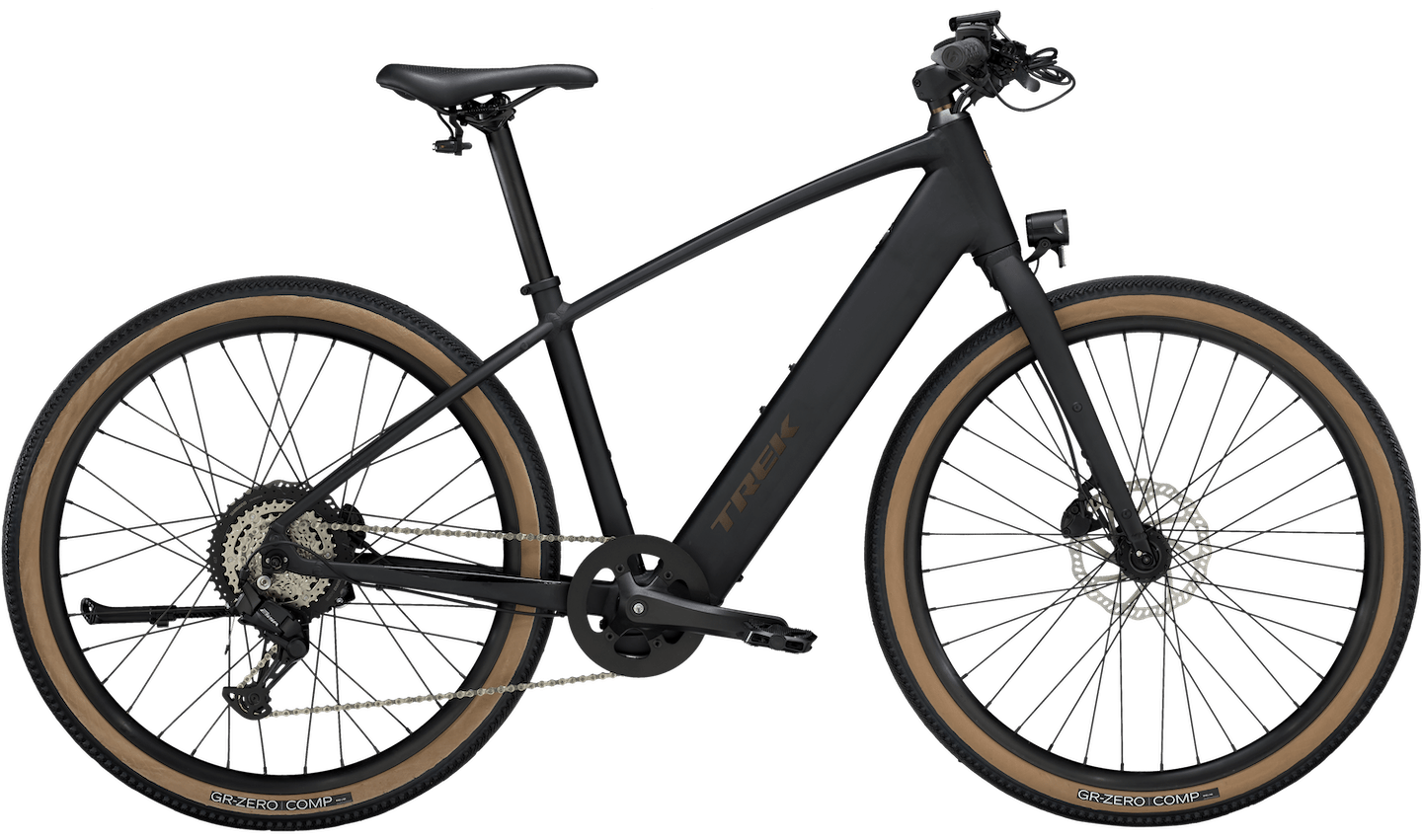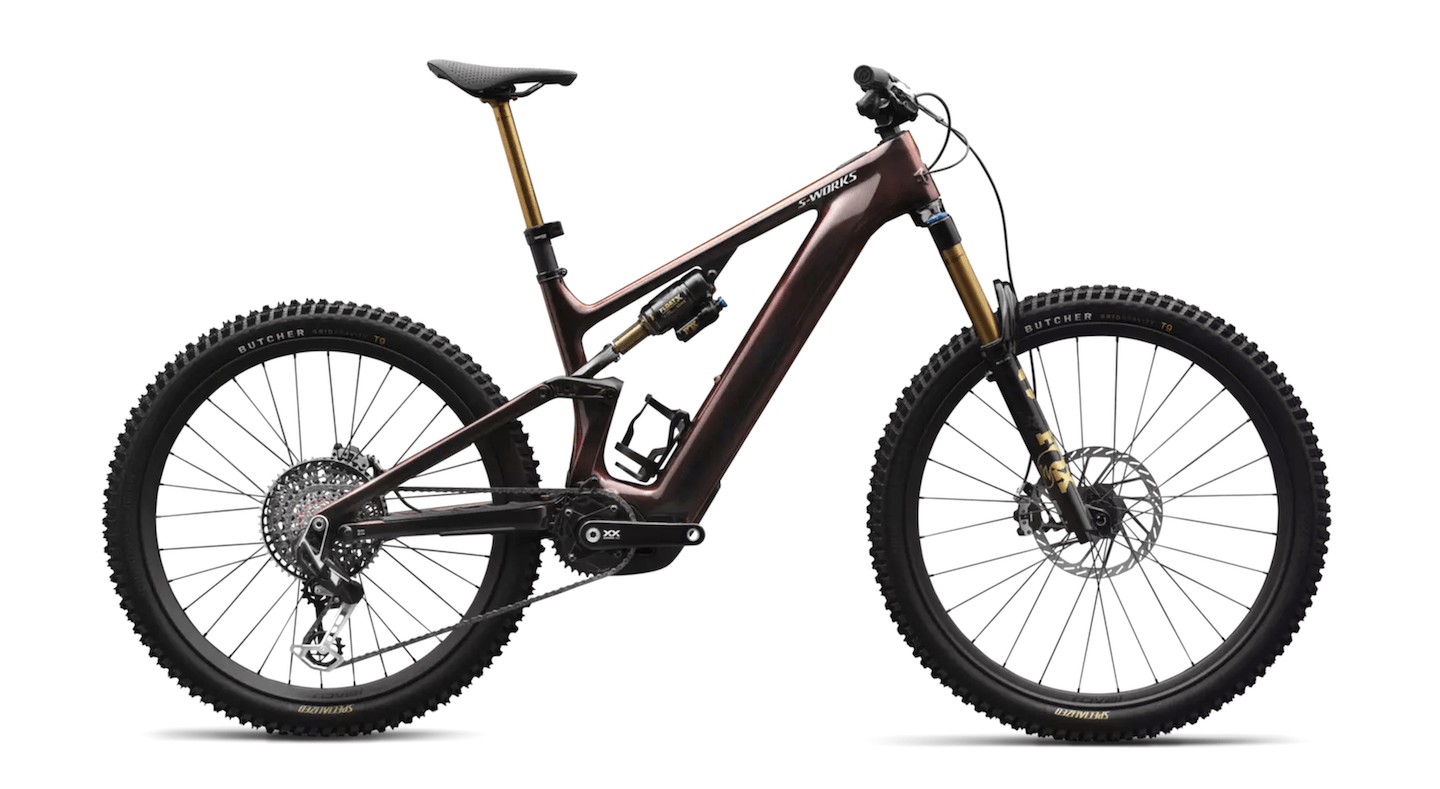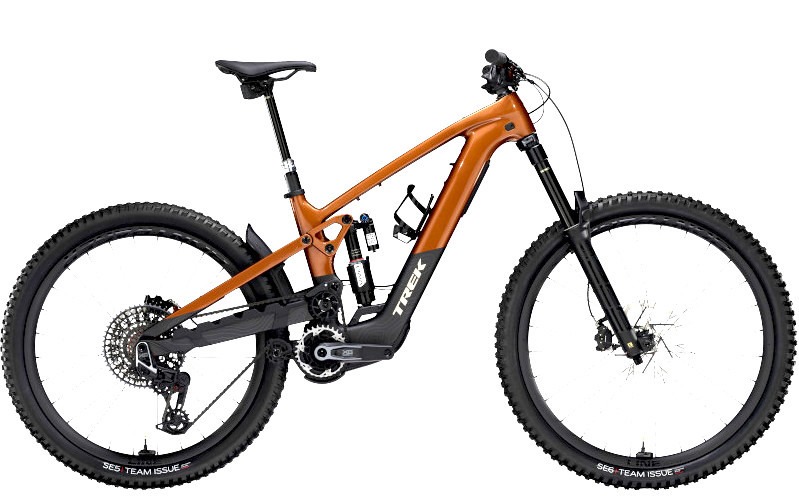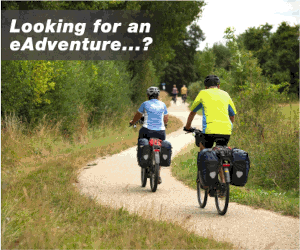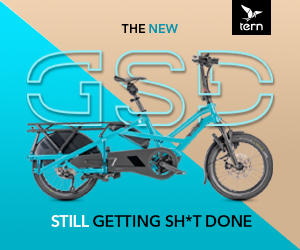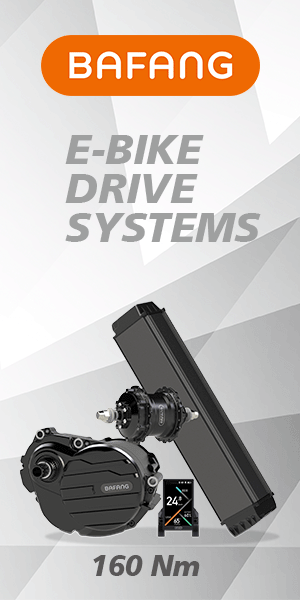October 4, 2021 - The popularity of e-bikes continues to grow worldwide, creating solutions and opportunities for new and seasoned cyclists alike. Yet it wasn’t always that way. Sweet Pete’s Bike Shop has been a fixture in the Bloor West area of Toronto for 25 years.
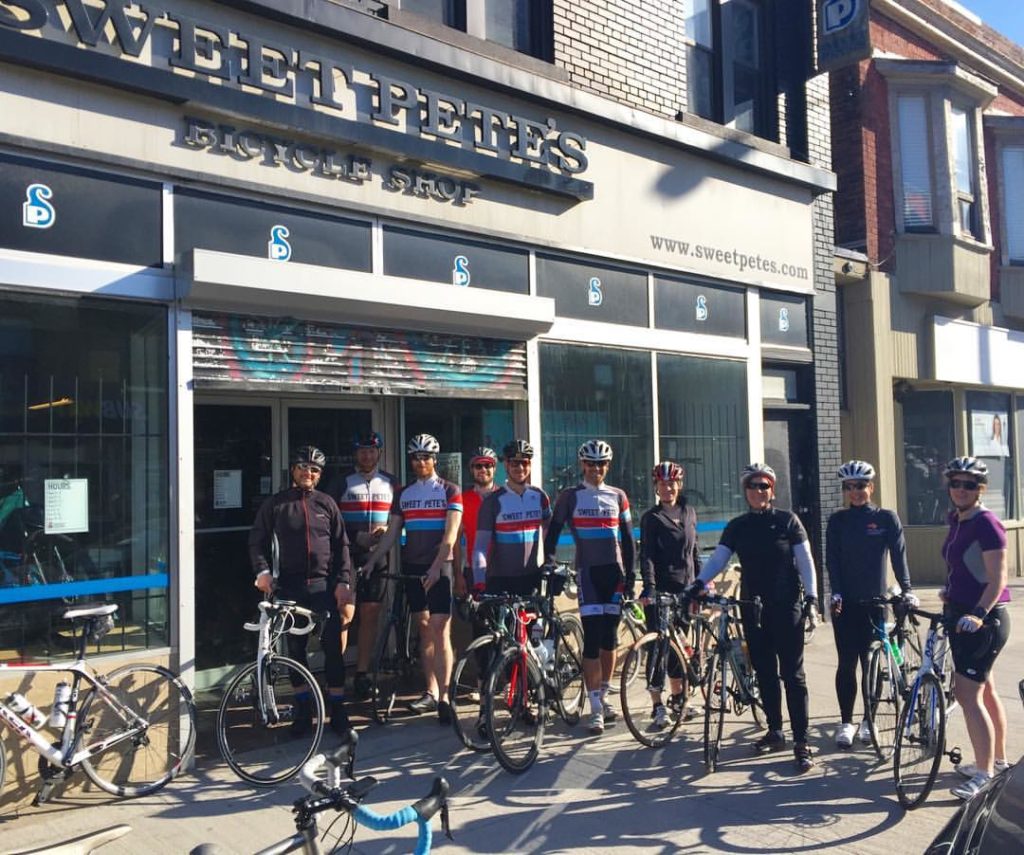
With a second store in the Annex, they were early adopters of e-bikes and are now entrenched in the market. eBikes International caught up with owner, Pete Lilly, for a look at the early days of e-bikes and how the stores have been dealing with the current pandemic while positioning their operations for continued upward growth.
Please give us a brief history of Sweet Pete’s Bike Shops.
Pete Lilly: We opened our first store in January 1997 and sold recreational mountain bikes, along with road and BMX models. At that time, the store was part of the original Cyclepath chain. In 2000 we became Sweet Pete’s and in 2010 added our second store in the Annex. We’ve been growing in leaps and bounds ever since.
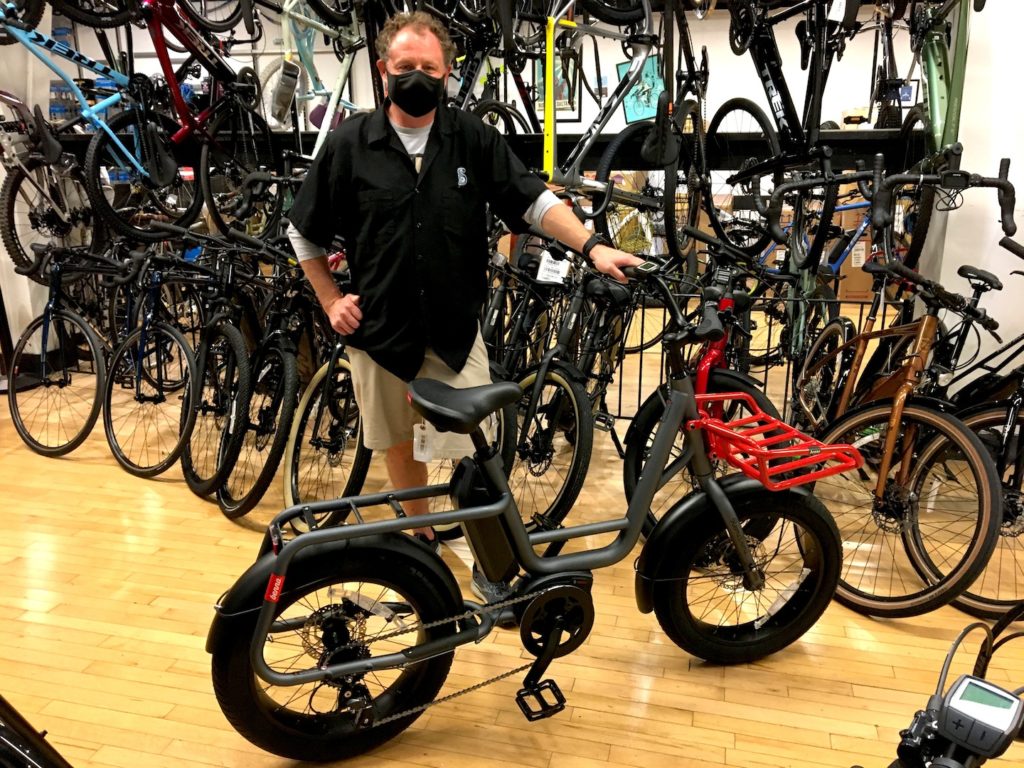
When did you first start selling e-bikes and what were your impressions back then?
PL: Our urban location in the city made us kind of visionaries as to how electric bikes might work in the market. We were just far enough from the downtown core that it made sense to ride an e-bike. Also not being close to mountains, or open roads, minimized our MTB and road bike sales, so we started to invest in e-bikes. About 15 years ago we met the sales rep from BionX, were instantly sold, and started selling kits. They were a Canadian company and we always kept inventory in-house along with mechanics specially trained at servicing their products. With the demise of BionX we just moved on to other systems. We were considered leading edge, whether by foreshadowing the future, or by just dumb luck.
Was it slow and steady or was there a turning point when things started to take off?
PL: It was anything but slow and steady. We had some years when we had a couple dozen kits in stock that we couldn’t sell, and had to hit the panic button as the batteries were aging. But there were other years when we couldn’t keep them in stock. Things were unpredictable with bizarre patterns yet we never got to the point where we said “screw it.” We always felt that the time would come when e-bikes would pick up steam within the bike industry. We always thought that it could be our thing.
What brands and types of e-bikes do you currently stock in your two stores?
PL: We currently stock a lot of models from Trek and Giant, with Kona, Velec, and Benno e-cargo bikes rounding things out. As we continue to move more into the electric marketplace, we are now carrying e-scooters.
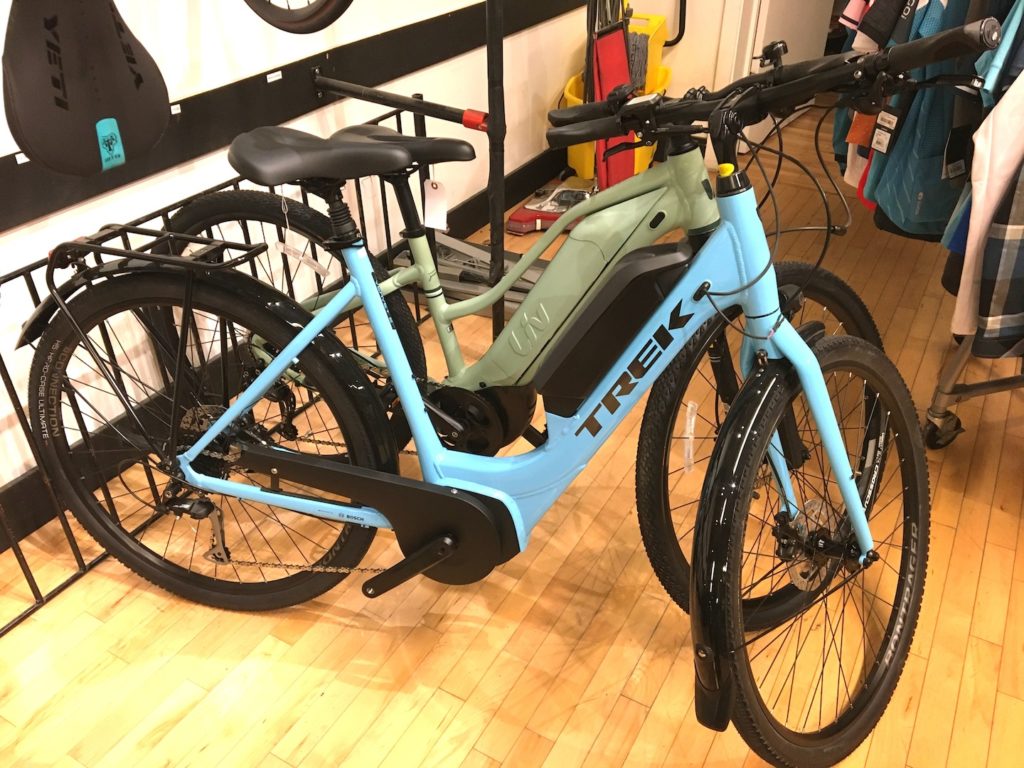
What models / types of e-bikes are most popular with your clientele?
PL: Our most popular e-bikes include Trek’s Verve+ E 2 and Giant’s Explore E and Roam E models – in the $3-4,000 range for an e-city bike. We also sell some eMTB and e-road bikes, but our main business is in commuter and city bikes. We also sell a reasonable amount of e-cargo models, something that was a bit surprising. It’s an interesting phenomenon to see a mom, who used to drive the station wagon, now cruising over to school on an e-bike with two seats to pick up the kids.
How has the recent pandemic impacted the e-bike sector of your business?
PL: We got lucky with the pandemic. Pre-Covid we had invested more heavily in e-bikes vs regular bikes and as people’s interest and willingness shifted to e-bikes, we were well positioned for increased business. Also more people wanted to just get outside, and to exercise which prompted more interest in e-bikes. Then as people started going back to work many turned to e-bikes to avoid mass transit.
The culture was right to make that shift and the curve was going in that direction anyway, so the pandemic gave it a boost. The one downside was that the pandemic hampered us at offering test rides, a service that we like to offer customers for these bigger ticket purchases. With our years of experience and knowledge we were able to help customers select the right e-bike model for their needs. Even with our generous return policy we haven’t had to take any back.
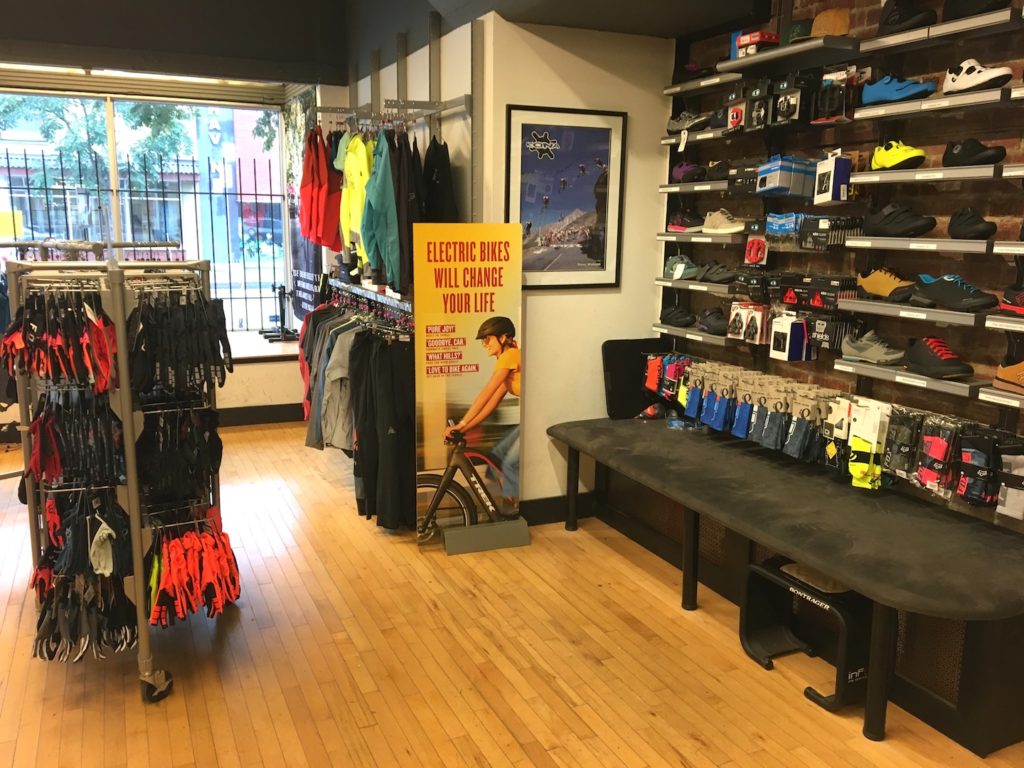
Talk about the demographic of your customers and those that are fueling your current e-bike sales?
PL: We’re servicing riders of all ages and lifestyles so there’s not really a typical customer as you might expect. It runs the gamut from business people, to pleasure and fitness riders, to moms and dads riding with their kids. One interesting aspect with e-bikes is that we’re more often selling them in pairs to couples than to single riders. A young couple who recently bought a condo opted for e-bikes over securing a parking space for a car. With more factors steering people to cycling these days like climate change, there’s a broader spectrum of customers looking at e-bikes and bicycles in general, than say 15 years ago.
Are you expecting this trend for future e-bike customers to continue?
PL: It’s the snowball effect… parents take their kids to school on an e-bike and others see it and become new customers. Just like the young condo couple who bought e-bikes are now telling their 30-something neighbours, or the retired couple in Etobicoke who are now riding them and telling their friends. The snowball is rolling and growing in different directions creating new customers across different demographics.
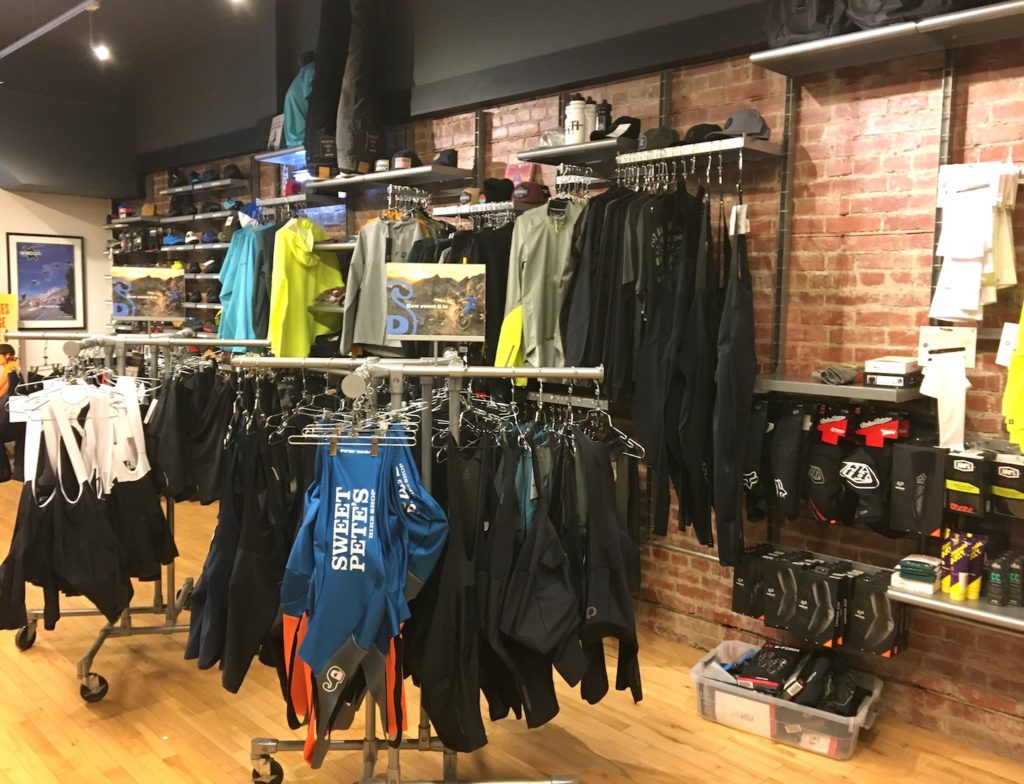
Are e-cargo bikes a segment that you’d like to service and grow?
PL: I think that this segment is growing and have read about how courier services are working in cities and see that it’s a no-brainer for e-cargo bikes to move product. Toronto isn’t quite ready to handle the potential numbers we could start to see on city streets. It’s up to the imagination regarding the limits with respect to the future of e-cargo bikes.
Toronto has seen big success with new cycling infrastructure on Bloor and now Yonge St. – what’s your perspective ?
PL: It’s a dream come true to finally see it happen. We have a bike lane that runs right outside our front door and it’s great to see millions of bikes go by. Years ago, it was hard to imagine that it would really happen eventhough it made complete sense – and now it’s finally here. Bike lanes provide a safer option to get more people out riding while validating to those in cars that cycling is a viable and legitimate way of getting around the city. It’s super important that we not only establish safe places to ride, but also create the foundation and momentum for mobility options in the future.
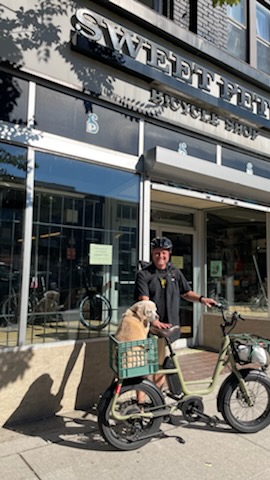
Do you ride an e-bike and what effect has the e-bike experience had on you personally?
PL: I currently ride a Benno RemiDemi. It is a 20-inch, short wheel-base fat tire mini cargo bike. I have a front basket where I can throw almost anything in, and a milk crate on the back for my Pug-Beagle cross? My commute is only 4km but it’s nice to arrive sweat-free in summer. It also sends a good message to my customers. Plus my neighbours have all tried it and now want one. When I’m zipping around town all loaded up with my gear and my dog, you can really showcase what e-bikes are all about.
Thanks for your time and all the best.
PL: Thanks as well.



